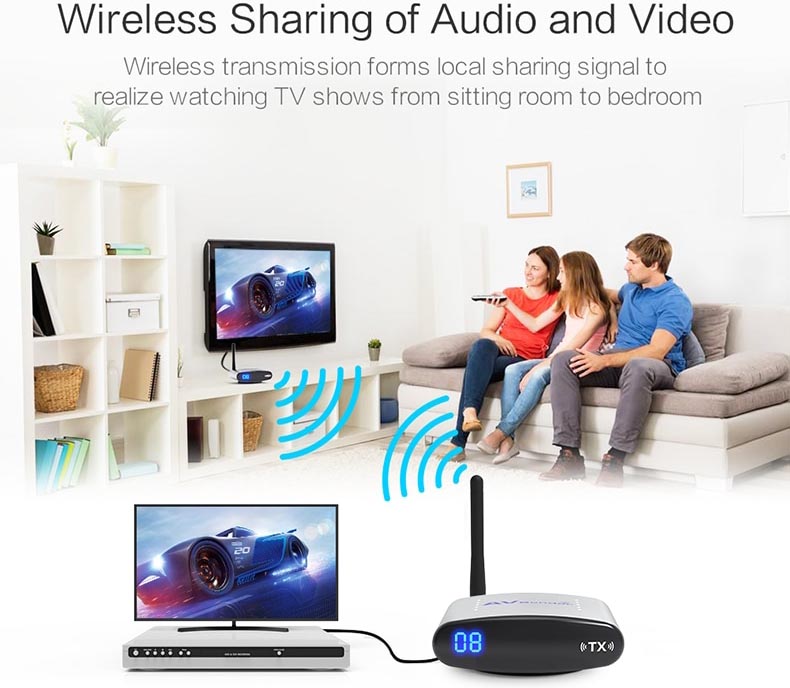
Like radio signals, analog TV signals can suffer from a lot of interference. This entry was posted in Configuration RG, WiFi and tagged setting, WiFi 2.4Ghz.Analog TV systems use electromagnetic waves (radio waves) for transmitting video and sound signals, in a manner similar to signal transmission for AM radio and FM radio. Up to 100 Mbps achievable with more expensive commercial equipment with 8×8 arrays, gigabit ports, etc.Ĩ02.11ac – 70-100+ Mbps typical, higher speeds (200+ Mbps) possible over short distances without many obstacles, with newer generation 802.11ac routers, and client adapters capable of multiple streams.

Specifying a channel, and using 40MHz channels can help achieve 70-80Mbps with some newer routers. The number of simultaneous connections, and even the type of wireless security can affect and slow down some older routers with inadequate processors/memory.īelow is a breakdown of actual real-life average speeds you can expect from wireless routers within a reasonable distance, with low interference and small number of simultaneous clients:Ĩ02.11b – 2-3 Mbps downstream, up to 5-6 Mbps with some vendor-specific extensions.Ĩ02.11n – 40-50 Mbps typical, varying greatly depending on configuration, whether it is mixed or N-only network, the number of bonded channels, etc. In addition, net IP layer throughput of WiFi is typically 60% of the air link rate due to WiFi being half- duplex with ACKs, and being CSMA/CA. Shared bandwidth – available bandwidth is shared between all users on the same wireless network.

Interference – other wireless networks and devices in the same frequency in the same area affect performance Theoretical wireless speeds (combined upstream and downstream) are as follows:Ĩ02.11n – 600 Mbps (2.4GHz and 5 GHz) – 150Mbps typical for network adapters, 300Mbps, 450Mbps, and 600Mbps speeds when bonding channels with some routersĨ02.11ac – 1300+Mbps (5 GHz) – newer standard that uses wider channels, QAM and spatial streams for higher throughputĪctual wireless speeds vary significantly from the above theoretical maximum speeds due to:ĭistance – distance from the access point, as well as any physical obstructions, such as walls, signal-blocking or reflecting materials affect signal propagation and reduce speed

You can check our bits/bytes conversion calculator for reference.īelow is a breakdown of the various 802.11 WiFi standards and their corresponding maximum speeds.

There are many wireless standards in use today, and newer technologies can bond multiple channels/frequencies together to achieve higher throughput.įirst, keep in mind that in data communications, speed is measured in kilo bits (or mega bits) per second, designated as kbps, or Mbps.


 0 kommentar(er)
0 kommentar(er)
